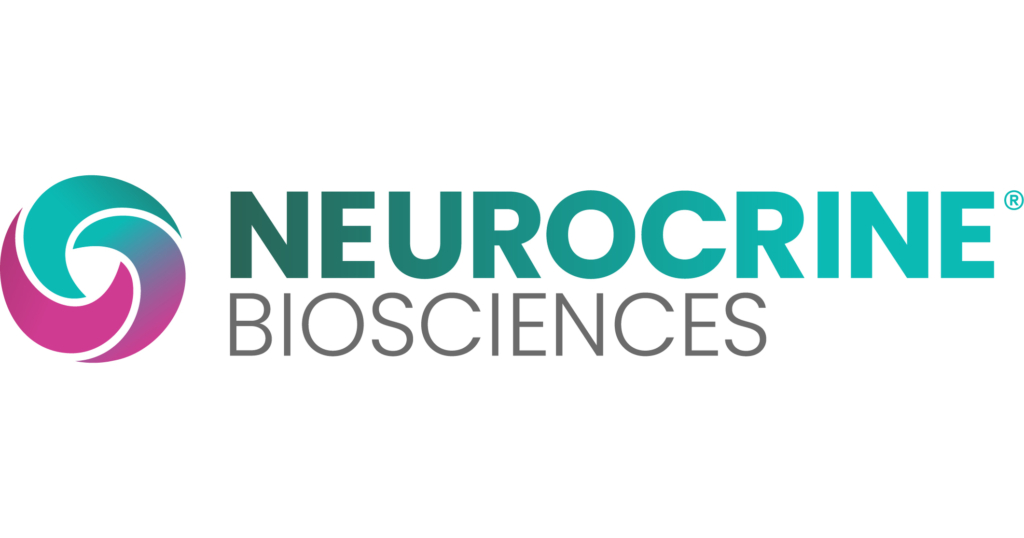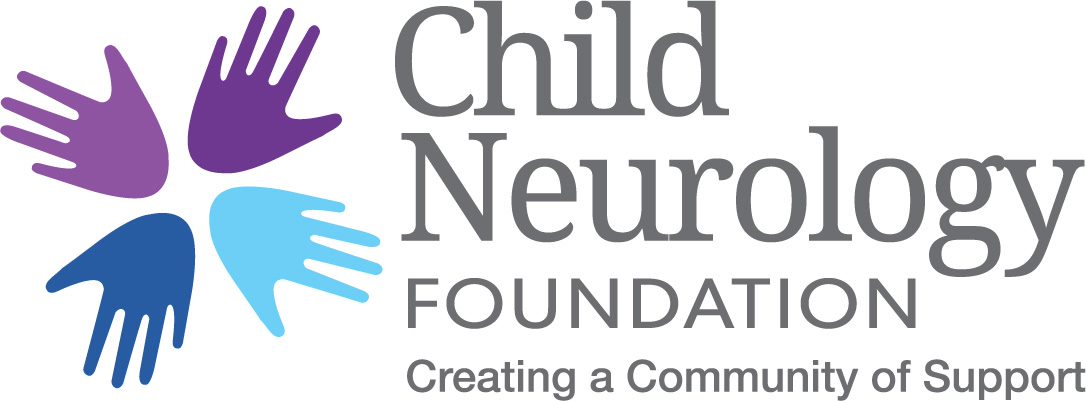
Authors: Douglas Nordli, MD, Mayo Clinic Florida/Nemours Jacksonville
Alison L. Christy, MD, PhD, Providence Pediatric Neurology at St. Vincent Medical Center—Portland, Oregon
Reviewed: April 2022
SUMMARY
Angelman syndrome (AS) is a genetic syndrome. It is characterized by:
- Severe learning difficulties
- A small head size (microcephaly)
- Poor balance and coordination
- Distinct facial features
- Seizures
- A happy personality
A genetic variation involving chromosome 15 causes these symptoms.
The first sign of AS is often delayed development in early childhood. Young children may have delays in:
- Sitting
- Pointing to objects
- Standing
- Walking
- Language
Many children with AS have trouble with feeding. It may be hard for them to gain weight as young children.
As they grow older, they often have significant trouble with sleep. Many children with AS require much less sleep than others. The majority of children born with AS have seizures.
There is no cure for AS. Treatment is focused on:
- Controlling seizures
- Managing overall health
- Improving sleep
Children with AS can live a normal lifespan. However, controlling seizures may be important to survival.
Children with AS usually have severe intellectual disability. For this reason, they require lifelong care.


JUMP TO
Disorder Overview
SIGNS AND SYMPTOMS
Angelman syndrome usually includes these characteristics:
Severe intellectual disability.
Distinctive facial features.
Differences in movement.
Distinctive personality.
Poor sleep habits.
Seizures.
Seizures occur in 80% of patients. They can be severe and difficult to control with medication. AS can cause different types of seizures, including:
- Absence (staring) seizures
- Atonic (drop) seizures
- Myoclonic (quick, jerking) seizures
- Generalized tonic-clonic (convulsive) seizures
DIAGNOSIS
A pediatric neurologist can usually diagnose AS with an evaluation. Three factors helpful for a diagnosis include:
- A medical history
- A physical exam
- A review of videos of the child
LABORATORY INVESTIGATIONS
Certain kinds of tests can be helpful in AS. These tests include:
- Electroencephalography (EEG). EEG can detect seizures. Not all patients have seizures. However, AS often has a certain EEG pattern. Pediatric neurologists trained in interpreting EEG can recognize this.
- Genetic testing. This can confirm a diagnosis of AS. There are three types of useful genetic tests in AS:
-
- Methylation test. A methylation test can determine whether the UBE3A gene is functioning properly.
- Chromosome studies. There are different ways to look at a person’s chromosomes. Methods include karyotyping, fluorescence in situ hybridization (FISH), and chromosome microarray. These tests look at the shape and size of the chromosomes. They can show a difference in the area of the UBE3A gene.
- Sequence analysis. An analysis of the UBE3A gene can be helpful in diagnosis. It can determine whether there are any abnormalities that could cause Angelman’s disease.


CAUSES
Angelman syndrome is a genetic disorder. It involves a region of chromosome 15. Although it is genetic, it does not have to be inherited from a parent. Usually, it is caused by random genetic changes. These occur very early in the development of an embryo.
AS is associated with the UBE3A genes. The UBE3A genes are located on chromosome 15. Humans inherit one UBE3A gene from each parent. In AS, the UBE3A gene that comes from the mother is accidentally deleted.
UBE3A makes a protein important to brain development. In most humans, the UBE3A gene from the father cannot make this protein. This means the UBE3A gene from the mother is essential for normal development. AS occurs when the mother’s copy is deleted. In these cases, there is no functioning gene copy.
AS can have other causes, too. For instance, AS can result when:
- Both copies of chromosome 15 are inherited from the father instead of the mother
- A mutated variant of UBE3A appears
- The UBE3A gene is “turned off” through a process known as imprinting
- The UBE3A gene is missing for any other reason
AS is usually diagnosed through a clinical evaluation by a doctor. However, genetic testing can confirm AS.
There is no way to prevent AS. However, it can sometimes be diagnosed with genetic testing early in pregnancy. In vitro fertilization (IVF) allows eggs to be fertilized outside the body. In IVF, an embryo can be tested for AS before it is implanted.
TREATMENT AND THERAPIES
There is no cure for AS at this time. However, supportive care can help children survive and reach their potential. Important therapies include:
Speech therapy.
Seizure control.
Seizures can be difficult to control. Seizure control can be important for the survival of children with AS. This is because seizures can cause health complications. They can even rarely cause sudden death. Treatments include:
- Medication
- Dietary therapy (such as a ketogenic diet)
- Neuromodulation (such as vagal nerve stimulation)


OUTLOOK
AS cannot be cured, and children will not grow out of it. They will require lifelong assistance and care.
People with AS will have difficulties with language. However, they may learn to use technology to communicate their needs and desires. Physical therapy can help with balance and walking.
People with AS can live as long as people without this syndrome. Some issues—like sleep problems—may improve with age.
RELATED DISORDERS
Disorders that can look similar to AS include:
- Rett syndrome. This is a genetic disorder that occurs exclusively in people with XX chromosomes (females). Rett syndrome can also result in:
- Cognitive impairment
- Language delay
- Seizures
- Lennox-Gastaut syndrome. This is an epilepsy syndrome with multiple types of seizures. It has particular abnormalities (slow spike wave) on an EEG. A patient with AS may also have a diagnosis of Lennox-Gastaut syndrome if they present with these characteristics.
- Mitochondrial encephalopathy. Mitochondria provide energy to the cell. Though they reside inside the cell, they contain their own genes. Variations in mitochondrial DNA can lead to cognitive impairment and seizures.
- Gurrieri syndrome. This is a genetic disorder that can cause:
- Seizures
- Cognitive impairment
- Physical symptoms like short stature and atypical bone growth
Disorders also related to chromosome 15 include:
- Prader-Willi syndrome. This is a genetic disorder. It involves deletion of the father’s copy of chromosome 15. Patients usually have:
- Low muscle tone (also called hypotonia)
- Initial struggles with feeding
- Constant hunger
- Excessive eating
Resources
The mission of the Angelman Syndrome Foundation is to advance the awareness and treatment of Angelman syndrome through education and information, research, advocacy and support for individuals with Angelman syndrome, their families, and other concerned parties.
ASF hosts a private Facebook group, Angelman Syndrome Foundation, with over 8,000 members.
Foundation for Angelman Syndrome Therapeutic
Foundation for Angelman Syndrome Therapeutics (FAST) is run by an all-volunteer board of Angelman syndrome (AS) parents and professionals dedicated to finding a cure for AS and related disorders through the funding of an aggressive research agenda. The foundation is committed to assisting individuals living with Angelman syndrome to realize their full potential and quality of life. Their goal is to bring practical treatment into current medical practice as quickly as possible. It is their hope that grants they fund will lead to additional research support from government agencies, other funding sources and organizations around the globe.


Child Neurology Foundation (CNF) solicits resources from the community to be included on this webpage through an application process. CNF reserves the right to remove entities at any time if information is deemed inappropriate or inconsistent with the mission, vision, and values of CNF.
Research
ClinicalTrials.gov for Angelman Syndrome (birth to 17 years).
These are clinical trials that are recruiting or will be recruiting. Updates are made daily, so you are encouraged to check back frequently.
ClinicalTrials.gov is a database of privately and publicly funded clinical studies conducted around the world. This is a resource provided by the U.S. National Library of Medicine (NLM), which is an institute within the National Institutes of Health (NIH). Listing a study does not mean it has been evaluated by the U.S. Federal Government. Please read the NLM disclaimer for details.
Before participating in a study, you are encouraged to talk to your health care provider and learn about the risks and potential benefits.
Family Stories
The Angelman Syndrome Foundation’s inspirational Wall of Accomplishments highlights videos of individuals with Angelman syndrome doing something they just learned or doing something they were told they never would/could do.
The information in the CNF Child Neurology Disorder Directory is not intended to provide diagnosis, treatment, or medical advice and should not be considered a substitute for advice from a healthcare professional. Content provided is for informational purposes only. CNF is not responsible for actions taken based on the information included on this webpage. Please consult with a physician or other healthcare professional regarding any medical or health related diagnosis or treatment options.
References
Angelman Syndrome Foundation [Internet]. Aurora, IL. 2022. Available from: https://angelman.org
National Organization for Rare Disorders. Angelman Syndrome [Internet]. Danbury, CT. 2021. Available from: https://rarediseases.org/rare-diseases/angelman-syndrome/
Bird LM. Angelman syndrome: review of clinical and molecular aspects. Appl Clin Genet. 2014 May 16;7:93-104. PMID: 24876791; PMCID: PMC4036146; http://doi.org/10.2147/TACG.S57386
Clayton-Smith J, Pembrey ME. Angelman syndrome. J Med Genet. 1992 Jun;29(6):412-5. PMID: 1619637; PMCID: PMC1015993; http://doi.org/10.1136/jmg.29.6.412
Clayton-Smith J, Laan L. Angelman syndrome: a review of the clinical and genetic aspects. J Med Genet. 2003 Feb;40(2):87-95. PMID: 12566516; PMCID: PMC1735357; http://doi.org/10.1136/jmg.40.2.87
Dagli AI, Mathews J, Williams CA. Angelman Syndrome. 1998 Sep 15 [updated 2021 Apr 22]. In: Adam MP, Ardinger HH, Pagon RA, Wallace SE, Bean LJH, Gripp KW, Mirzaa GM, Amemiya A, editors. GeneReviews® [Internet]. Seattle (WA): University of Washington, Seattle; 1993–2022. PMID: 20301323; https://www.ncbi.nlm.nih.gov/books/NBK1144/
Margolis SS, Sell GL, Zbinden MA, Bird LM. Angelman Syndrome. Neurotherapeutics. 2015 Jul;12(3):641-50. doi: 10.1007/s13311-015-0361-y. PMID: 26040994; PMCID: PMC4489961.
Pelc K, Boyd SG, Cheron G, Dan B. Epilepsy in Angelman syndrome. Seizure. 2008 Apr;17(3):211-7. PMID: 17904873; http://doi.org/10.1016/j.seizure.2007.08.004
Williams CA, Lossie A, Driscoll D; R.C. Phillips Unit. Angelman syndrome: mimicking conditions and phenotypes. Am J Med Genet. 2001 Jun 1;101(1):59-64. PMID: 11343340; http://doi.org/10.1002/ajmg.1316
Williams CA, Driscoll DJ, Dagli AI. Clinical and genetic aspects of Angelman syndrome. Genet Med. 2010 Jul;12(7):385-95. PMID: 20445456; http://doi.org/10.1097/GIM.0b013e3181def138
Thank you to our 2023 Disorder Directory partners:





